Aug 15, 2025
Read, share, and comment on the X thread dedicated to this article here: https://x.com/sayerjigmi/status/1956415670389739708
Imagine a world where the pursuit of beauty comes at the cost of our ability to connect with others emotionally. Welcome to the unsettling reality of "Botox Brain."
Every year, millions chase the promise of a smoother, younger face through the needle of a syringe. Botulinum toxin—better known as Botox—has become the world's most popular and commercially successful cosmetic procedure, with over 7 million treatments performed annually in the United States alone. It's marketed as a quick, local fix: a few strategic injections to freeze the muscles that create crow's feet, frown lines, and forehead wrinkles.
But emerging neuroscience reveals a more complex story. The effects of Botox may extend far beyond the injection site, quietly altering brain function, muting emotional feedback loops, and disrupting the very neural networks that allow us to feel, empathize, and connect with others.
This is the essence of "Botox brain"—a constellation of neurological changes that can occur when we paralyze the muscles that evolved to express our deepest emotions. The consequences may be subtle, but they run deeper than any wrinkle ever could.
The Neurotoxin's Dark Reality
Botulinum toxin is one of the most potent neurotoxins known to science. A mere 75 billionths of a gram is enough to be lethal to a 165-pound adult.¹ It has been estimated that only 1 kilogram would be enough to kill the entire human population.² Yet, diluted and injected into facial muscles, it has become a commonplace beauty treatment with global sales hovering around $3 billion annually.³
The FDA approval of Botox for cosmetic use defies the most fundamental medical ethical principle: "First, do no harm." The manufacturer's own warnings include serious, even life-threatening side effects:
Problems swallowing, speaking, or breathing due to weakening of associated muscles
Spread of toxin effects to areas away from the injection site
Loss of strength and all-over muscle weakness
Double vision, blurred vision and drooping eyelids
Loss of bladder control and trouble breathing⁴
These adverse effects represent an exceptionally high price to pay for temporary improvements in natural signs of aging, no matter how ‘rare’ they are believed to be.
The Face-Brain Connection: More Than Skin Deep
To understand how Botox affects the brain, we must first grasp the intimate relationship between facial expression and emotional experience. Your face isn't merely a billboard displaying your inner feelings—it's an active participant in creating them.
The facial feedback hypothesis, supported by decades of research, demonstrates that facial expressions don't just reflect emotions—they help generate them. When you smile, the muscular feedback from your face amplifies feelings of joy. When you frown, the same feedback can intensify sadness or concern.⁵
Botox disrupts this ancient feedback loop. By blocking acetylcholine release at the neuromuscular junction, it renders targeted muscles temporarily paralyzed. When you try to frown after Botox injections in the glabellar region (between the brows), the muscle simply cannot contract, and crucially, no sensory signal of movement returns to the brain.
This severed connection has measurable consequences for how your brain processes emotions.
Amygdala Alterations: The Emotional Brain Under Siege
The amygdala—often called the brain's "alarm system"—plays a central role in processing emotions, particularly fear and threat detection. It's also intimately connected to facial expression recognition and emotional empathy.
Recent neuroimaging studies reveal that Botox injections significantly alter amygdala activity when people view emotional faces. In one groundbreaking study, ten women received fMRI scans before and after Botox injections to their frown muscles. The results were striking: after paralysis of the glabellar muscles, the amygdala showed markedly different activation patterns when processing both happy and angry facial expressions.⁶
Multiple studies have now confirmed that Botox reduces amygdala activity in response to negative emotional stimuli, suggesting the brain must work harder—or differently—to process emotions when facial feedback is eliminated.⁷
This isn't simply academic curiosity. The amygdala is crucial for:
Emotional salience detection: Recognizing what's emotionally important
Social threat assessment: Reading danger or safety in others' faces
Empathic resonance: Feeling what others feel
Memory consolidation: Encoding emotionally significant experiences
When Botox alters amygdala function, it may be subtly rewiring how we experience and respond to our emotional world.
The Empathy Eclipse: When Mirror Neurons Go Dark
Perhaps nowhere is the impact of "Botox brain" more concerning than in its effects on empathy—our ability to understand and share the feelings of others. This capacity relies heavily on the mirror neuron system, specialized brain circuits that fire both when we perform an action and when we observe others performing the same action.
Mirror neurons give us the power to empathize—to literally "feel with" someone else through unconscious mimicry of their expressions. When you see someone wince in pain, your brain automatically activates similar patterns, giving you an internal sense of their experience.
Botox throws a wrench into this delicate system. Research demonstrates that altering facial movements abolishes the normal neural mirroring of facial expressions. fMRI studies on people before and after Botox injections reveal that the treatment alters our ability to react to emotion in others.⁸
The practical consequences are measurable:
Reduced emotion recognition accuracy: People with Botox injections in their forehead show altered brain processing when interpreting other people's emotions⁹
Impaired social cognition: Without the ability to subtly mimic expressions, the brain receives less information about others' emotional states
Weakened empathic resonance: Botox dampens the neural feedback from facial muscles, reducing our capacity for embodied cognition—the process by which the body influences the mind¹⁰
As one researcher noted, "If you can't mimic someone's wince, your brain isn't getting the message that this person is experiencing pain—so you end up not really understanding the emotion."¹¹
Cortical Remapping: When the Brain's Face Map Shrinks
The human brain dedicates enormous neural real estate to the face. In the sensory and motor cortices, facial muscles—especially around the lips, eyes, and forehead—occupy disproportionately large areas compared to their physical size. This reflects their crucial role in communication, emotion, and social interaction.
But brain maps aren't static. They follow a "use it or lose it" principle: areas that receive less input can shrink, while more active regions expand. Studies suggest that Botox injections may impact brain health by altering these neural maps.¹²
Research has already shown that temporarily paralyzing facial muscles can have surprisingly far-reaching effects.In one study, people who received Botox in their forehead showed reduced brain responses to touch stimuli on their hands—evidence that facial paralysis can influence cortical processing beyond the injection site.¹³
Over months or years of repeated treatments, this could lead to:
Reduced cortical representation of paralyzed facial regions
Diminished sensory acuity in the affected areas
Altered neural connectivity between facial and emotional brain regions
Potential difficulty in fully reactivating expressive patterns even after Botox wears off
Language and Cognitive Processing: The Deeper Impact
The effects of Botox extend beyond emotional processing into the realm of language and cognition itself. A 2010 study revealed that Botox affects how we process emotional language. Participants who had received Botox injections were slower to understand emotional words, particularly those related to anger—an emotion often expressed through the very muscles Botox paralyzes.¹⁴
This suggests that our facial expressions are not just outputs of emotion—they are integral to how we comprehend and process emotional meaning itself. When the physical capacity for expression is removed, even our understanding of emotional concepts becomes impaired.
The Emotional Spectrum: Muted Highs and Lows
Users increasingly report "brain fog" and difficulty concentrating after Botox treatments, but the cognitive effects may be more nuanced than simple mental cloudiness. The facial feedback system doesn't just influence major emotions—it fine-tunes the entire spectrum of emotional experience.
Studies reveal that Botox can:
Blunt positive emotions: When smile muscles (especially around the eyes) are paralyzed, people report reduced satisfaction with positive experiences¹⁵
Dampen emotional intensity: The range between emotional highs and lows becomes compressed¹⁶
Slow emotional processing: Research shows people with Botox take longer to detect gradual changes in facial emotions, suggesting the brain struggles more without its usual sensory input¹⁷
Alter decision-making: Emotional feedback plays a crucial role in intuitive judgment and social decisions
The result isn't complete emotional numbness, but rather a quieter, more muted emotional landscape—like turning down the volume on the rich symphony of human feeling.
The Social Contagion Effect: Ripples Through Human Connection
The implications of widespread Botox use extend beyond individual brains to the fabric of human social interaction.Emotions are contagious—genuine smiles breed more smiles, expressions of concern invite comfort and connection. But this emotional contagion relies on our ability to both express and perceive subtle facial cues.
When a critical mass of faces become less expressive due to cosmetic treatments, it could potentially dampen the emotional synchrony that binds communities together. Imagine:
Business meetings where stress and excitement are harder to read
Romantic relationships where subtle emotional cues are missed
Parent-child interactions where empathic mirroring is reduced
Social gatherings where the infectious nature of joy is diminished
We're conducting a massive, uncontrolled experiment on human social cognition—and we're only beginning to understand the results.
The Third Eye Connection: Targeting Sacred Territory
The manufacturer recommends injecting this toxin directly into the Procerus muscle, which is within the neurobiological locus of what many traditions call the 'third eye.' In Chinese acupuncture, this point is known as the Yin Tang, or "Hall of Impression," an "extraordinary point" associated with intuition and inner visions.¹⁸
Could paralyzing this area do more than freeze wrinkles—might it affect cognition, emotion, and intuition itself? When we consider that fluoride has been linked to enhanced calcification of the pineal gland (another component of the "third eye" region), and that common pharmaceuticals like Tylenol have been found to flatten human affect and deaden empathy, the targeting of this neurologically sensitive region becomes even more concerning.¹⁹
Natural Alternatives: Preserving Expression While Enhancing Beauty
As we become more aware of the hidden costs of Botox, it's worth exploring alternative approaches to aging gracefully. Many natural skincare methods can improve skin health and appearance without the risk of neurological side effects. Recent research has highlighted several promising natural substances that can help reduce and prevent facial wrinkles:
Botanical Anti-Aging Powerhouses
1. Date Palm Kernel Extract: A 2019 study found that a cream containing date palm kernel extract improved facial skin hydration, elasticity, and melanin concentration while reducing wrinkle size and depth.²⁰
2. Green Tea and Ginkgo Biloba: A combination of these extracts has been shown to enhance skin conditions and elasticity. They can increase epidermis thickness and cell renewal, suggesting a moisturizing effect in deeper skin layers.²¹
3. Pine Bark and Antioxidant Complex: A multi-nutrient mixture including vitamin C, vitamin E, carotenoids, selenium, zinc, amino acids, glycosaminoglycans, blueberry extract, and pycnogenol (derived from French maritime pine tree) improved visible signs of aging in women. Skin elasticity increased by 9% after six weeks of treatment.²²
4. Pomegranate Anthocyanin Cream: A study from 2020 found that an anthocyanin-rich pomegranate cream has strong anti-aging activity. Anthocyanins, which give pomegranate its color, can protect skin from oxidant exposure, a major factor in accelerated aging.²³
5. Red Ginseng: This herb has emerged as an excellent skin whitening and anti-aging product. It can help suppress melanin production, reduce wrinkle formation, inhibit collagen degradation, and enhance skin resilience, moisture, and tone.²⁴
Holistic Approaches to Youthful Skin
6. Nutritional Anti-Aging: A diet rich in antioxidants, healthy fats, and hydrating foods can nourish the skin from within. Studies have shown that women who consumed more green and yellow vegetables had significantly fewer wrinkles.²⁵
7. Facial Exercise and "Face Yoga": A Northwestern University pilot study had middle-aged women follow a 20-week facial exercise regimen. The results showed improvements in facial fullness and a modest reduction in apparent age—on average, women looked about 3 years younger by the end of the study.²⁶
8. Facial Acupuncture and Massage: Drawing from Traditional Chinese Medicine, cosmetic acupuncture stimulates circulation, collagen production, and muscle tone without paralyzing muscles. Studies have noted improvements in skin elasticity and reduction of wrinkles after treatment.²⁷
9. Hydration and Sun Protection: Proper hydration keeps skin cells supple and can minimize fine lines. Protecting skin from UV damage is one of the most effective anti-aging strategies.
10. Stress Management and Quality Sleep: Chronic stress accelerates skin aging by boosting cortisol, which breaks down collagen. Quality sleep is sometimes called "the cheapest cosmetic"—during deep sleep, the body ramps up cell repair and healing.
These natural alternatives work with your body's natural processes rather than against them, promoting overall health and well-being alongside aesthetic improvements. They enhance both appearance and function—preserving the neural pathways that make faces alive.
For more research on natural ways to improve skin health, quality and reversing biological age, view the GreenMedInfo.com article on the topic here: Aging Skin: GreenMedInfo.com's Top 20 Longevity Promoting Substances
Consult the GreenMedinfo.com database on natural skin aging approaches here.
Also, do you know about ‘Face Yoga’? It is a powerful form of self-care and a great alternative approach to rejuvenating the face that some believe is superior to Botox in terms of its visible effects. Check out the video below to learnt more!
The Path Forward: Awareness and Choice
This isn't a wholesale condemnation of Botox or those who choose it. Rather, it's a call for informed consent about its true effects. When someone considers cosmetic neurotoxin injections, they should understand they're not just smoothing their skin—they're potentially altering their:
Emotional processing capacity
Empathic sensitivity
Social communication ability
Brain's sensory-motor maps
Capacity for full emotional experience
For those who still choose Botox, awareness of these effects can help them compensate through:
More explicit verbal emotional communication
Increased attention to non-facial social cues
Mindful emotional processing practices
Regular "expression breaks" to activate non-paralyzed facial muscles
Conclusion: The True Cost of a Frozen Face
The human face is a miracle of evolution—capable of thousands of expressions that communicate the subtlest nuances of thought and feeling. It serves as both a window into our inner world and a bridge between souls.
"Botox brain" research reveals that when we chemically silence this eloquent instrument, we don't just smooth our skin—we may also mute crucial channels of emotional experience and human connection. The needle that promises eternal youth might also be injecting us with a subtle form of emotional anesthesia.
In our quest to look forever young, we must ask ourselves: What is youth without the full capacity to feel? What is beauty without the ability to express authentic emotion? What is a perfect face if it can no longer fully mirror the depths of human experience?
The science is clear—our faces are far more than cosmetic accessories. They are integral to our emotional lives, our capacity for empathy, and our ability to connect with others. Before we paralyze them in service of appearance, we owe it to ourselves to understand what we might be sacrificing in the process.
After all, the lines on our faces tell the story of our joys and sorrows, our laughter and tears. In erasing them, we might also be erasing something essential about what makes us beautifully, expressively human.
References
Hennenlotter, A., et al. “The Link between Facial Feedback and Neural Activity within Central Circuitries of Emotion—New Insights from Botulinum Toxin-Induced Denervation of Frown Muscles.” Cerebral Cortex 19, no. 3 (March 2009): 537-542. doi:10.1093/cercor/bhn104.
Kim, M.J., et al. “Modulation of Amygdala Activity for Emotional Faces Due to Botulinum Toxin Type A Injections That Prevent Frowning.” Scientific Reports 12 (2022): 1063. doi:10.1038/s41598-022-04809-5.
“Botox Brain Fog: Understanding Cognitive Side Effects.” Fillers.org, 2024. https://fillers.org/botox-brain-fog.
Roohaninasab, M., et al. “The Effect of Facial BOTOX Injection on Quality of Life and Happiness: A Descriptive/Prevalence Study.” Health Science Reports 7, no. 2 (2024): e1463. doi:10.1002/hsr2.1463.
“Studies Show Botox Injections Impact the Brain.” NeuroLife Center, 2019. https://neurolifecenter.com/studies-show-botox-injections-impact-the-brain.
Feneberg, A.C., et al. “Has Botox Killed Our Capacity to Empathise?” UnHerd, April 2023. https://unherd.com/2023/04/has-botox-killed-our-capacity-to-empathise.
“Botox Injections in Forehead Can Change How Brains Process Emotions.” Center for the Neurobiology of Learning and Memory, University of California, Irvine, 2023. https://cnlm.uci.edu/botox-brain-emotion.
Neal, D.T., and Chartrand, T.L. “Embodied Emotion Perception: Amplifying and Dampening Facial Feedback Modulates Emotion Perception Accuracy.” Social Psychological and Personality Science 2, no. 6 (2011): 673-678. doi:10.1177/1948550611406138.
Lewis, M.B., and Bowler, P.J. “Botulinum Toxin Cosmetic Therapy Correlates with a More Positive Mood.” Journal of Cosmetic Dermatology 15, no. 4 (2016): 407-414. doi:10.1111/jocd.12234.
Havas, D.A., Glenberg, A.M., Gutowski, K.A., Lucarelli, M.J., and Davidson, R.J. “Cosmetic Use of Botulinum Toxin-A Affects Processing of Emotional Language.” Psychological Science 21, no. 7 (2010): 895-900. doi:10.1177/0956797610374742.
Korb, S., et al. “Facial Muscle Paralysis Affects Amygdala Responses to the Perception of Emotional Expressions: Preliminary Findings from an A-B-A Design.” Biology of Mood & Anxiety Disorders 4, no. 1 (2014): 13. doi:10.1186/2045-5380-4-13.
Hasson, U.H., et al. “Altered Cortical Activation from the Hand after Facial Botulinum Toxin Treatment.” Annals of Clinical and Translational Neurology 1, no. 1 (2014): 64-68. doi:10.1002/acn3.23.
“Banishing Wrinkles with Botox May Make You Miss Others’ Emotions.” NPR, April 25, 2011. https://www.npr.org/2011/04/25/135575878/banishing-wrinkles-with-botox-may-make-you-miss-others-emotions.
Oberman, L.M., et al. “Altering Facial Movements Abolishes Neural Mirroring of Facial Expressions.” Social Cognitive and Affective Neuroscience 9, no. 8 (2014): 1187-1193. doi:10.1093/scan/nst102.
Blanchard, C.M., et al. “The Effects of Botulinum Toxin on the Detection of Gradual Changes in Facial Emotion.” Frontiers in Psychology 10 (2019): 208. doi:10.3389/fpsyg.2019.00208.
“Study Reveals How Botox Breaches Brain Cells.” Neuroscience News, February 2023. https://neurosciencenews.com/botox-brain-barrier-22612.
Yin Tang acupuncture point information: Deadman, P., and Al-Khafaji, M. A Manual of Acupuncture. 2nd ed. Journal of Chinese Medicine Publications, 2007.
On fluoride and pineal calcification: Luke, J. “Fluoride Deposition in the Aged Human Pineal Gland.” Caries Research 35, no. 2 (2001): 125-128. doi:10.1159/000047443.
Dewall, C.N., et al. “Acetaminophen Reduces Social Pain: Behavioral and Neural Evidence.” Psychological Science 21, no. 7 (2010): 931-937. doi:10.1177/0956797610374741.
Noudeh, G.D., et al. “The Effect of Date Palm Kernel Extract on Skin Aging: A Randomized, Double-Blind, Placebo-Controlled Clinical Trial.” Clinical, Cosmetic and Investigational Dermatology 12 (2019): 399-405. doi:10.2147/CCID.S215693.
Chiu, A., et al. “Beneficial Effects of Green Tea and Ginkgo Biloba Extracts on Skin.” Journal of Dermatological Treatment 16, no. 1 (2005): 3-8. doi:10.1080/09546630510001708607.
Heinrich, U., et al. “Antioxidant Supplementation Increases Skin Elasticity in Women.” Skin Pharmacology and Physiology 19, no. 4 (2006): 224-231. doi:10.1159/000093112.
Farag, M.A., et al. “Pomegranate Anthocyanins: Potent Antioxidants with Anti-Aging Potential.” Phytochemistry Reviews 19, no. 1 (2020): 151-165. doi:10.1007/s11101-019-09628-0.
Kang, T.H., et al. “Effects of Red Ginseng on Skin Aging in Humans.” Journal of Ginseng Research 35, no. 2 (2011): 235-241. doi:10.5142/jgr.2011.35.2.235.
Nagata, C., et al. “Dietary Intake of Antioxidants and Risk of Skin Photoaging in Japanese Women.” Journal of the American College of Nutrition 29, no. 3 (2010): 267-274. doi:10.1080/07315724.2010.10719844.
Alam, M., et al. “Association of Facial Exercise with the Appearance of Aging.” JAMA Dermatology 154, no. 3 (2018): 365-367. doi:10.1001/jamadermatol.2017.5142.
Donoyama, N., and Kojima, A. “Effects of Cosmetic Acupuncture on Facial Skin Appearance.” Acupuncture in Medicine 28, no. 1 (2010): 27-33. doi:10.1136/aim.2009.001479.
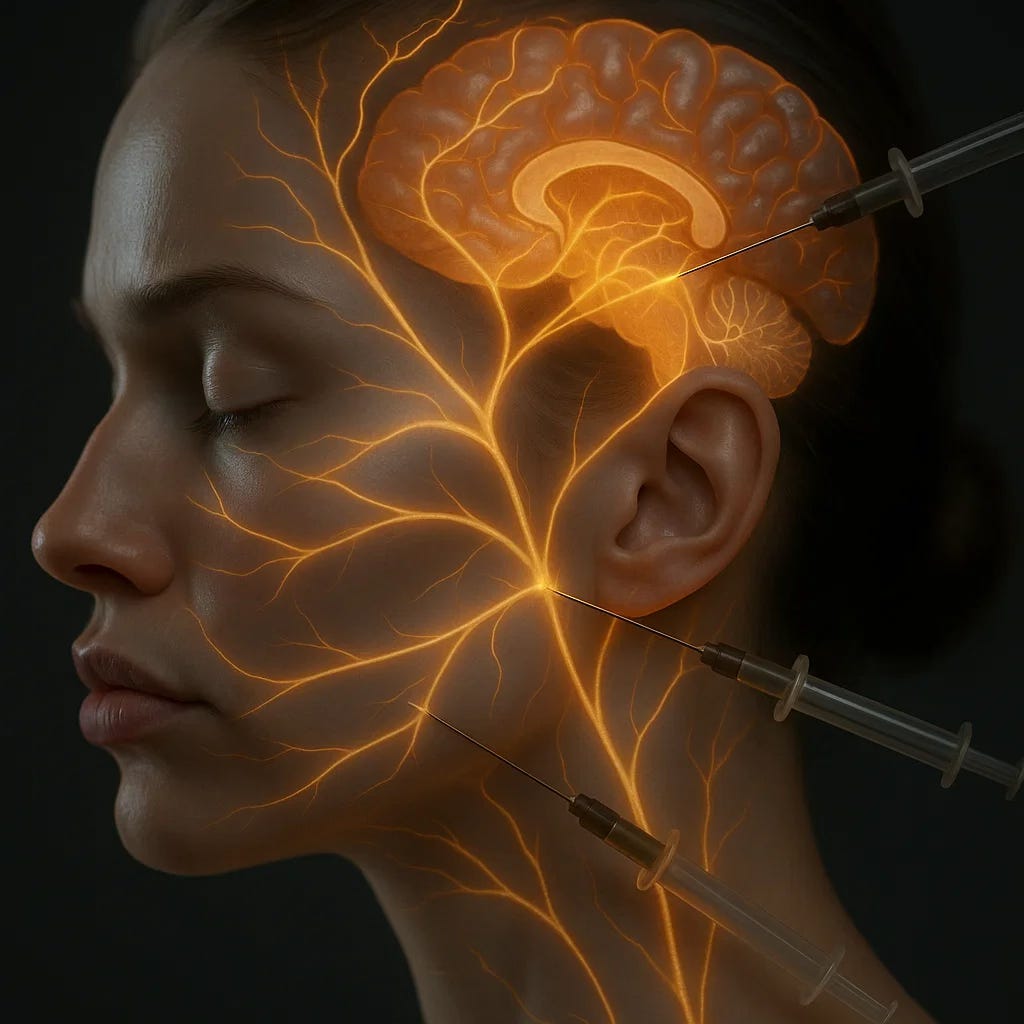
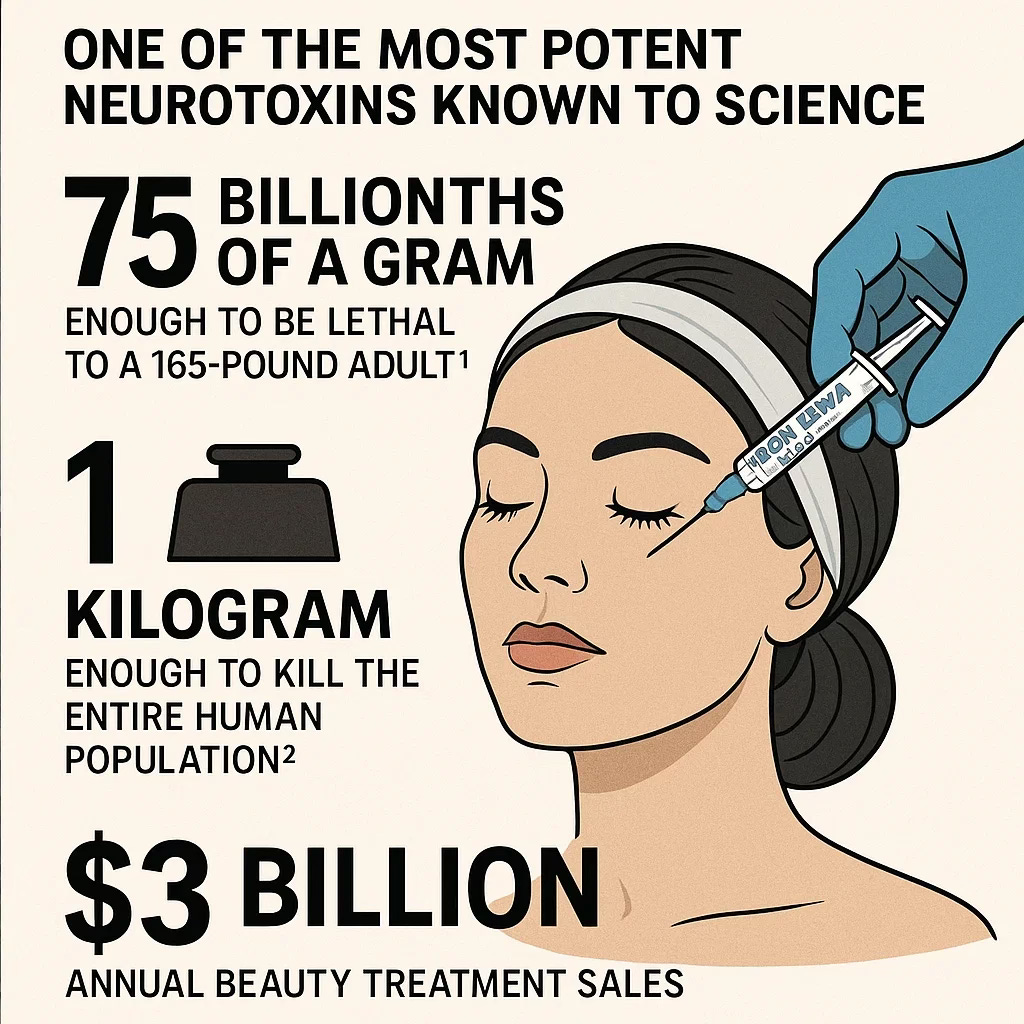
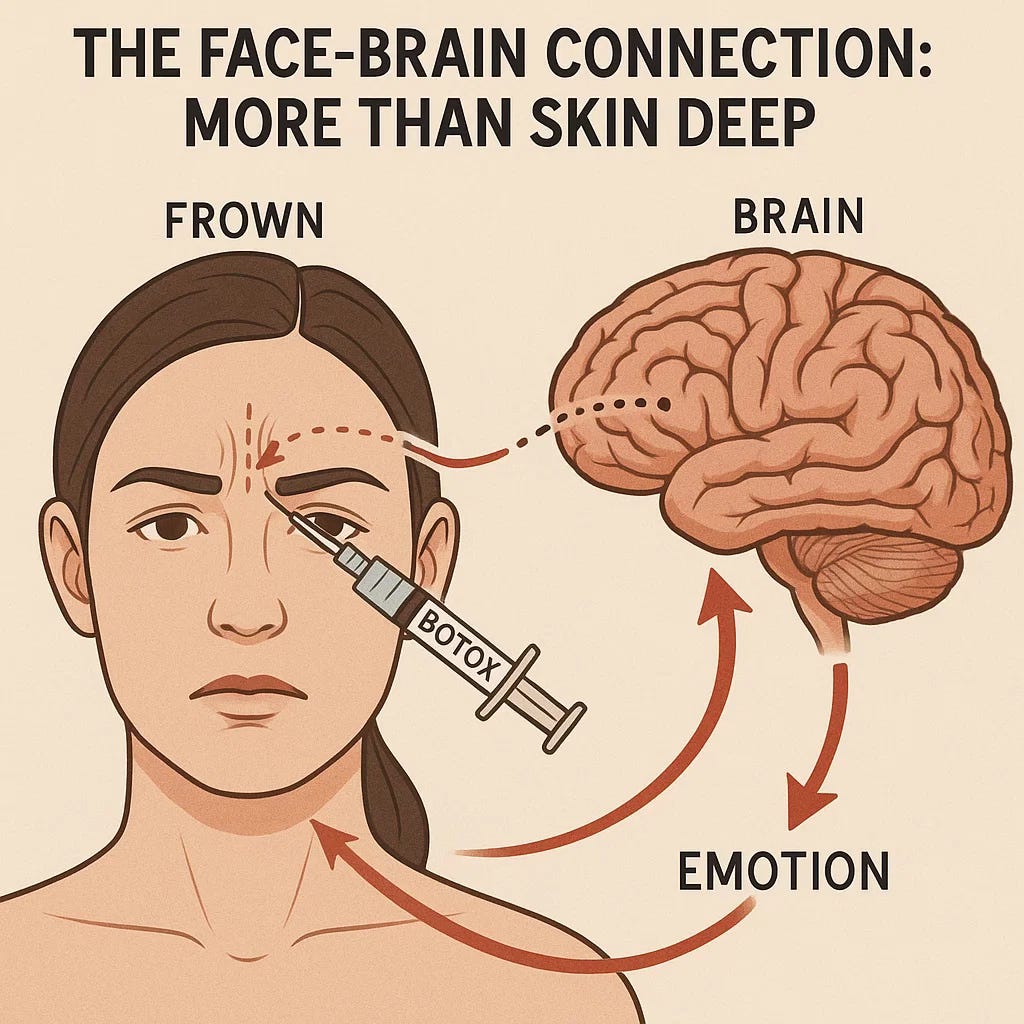
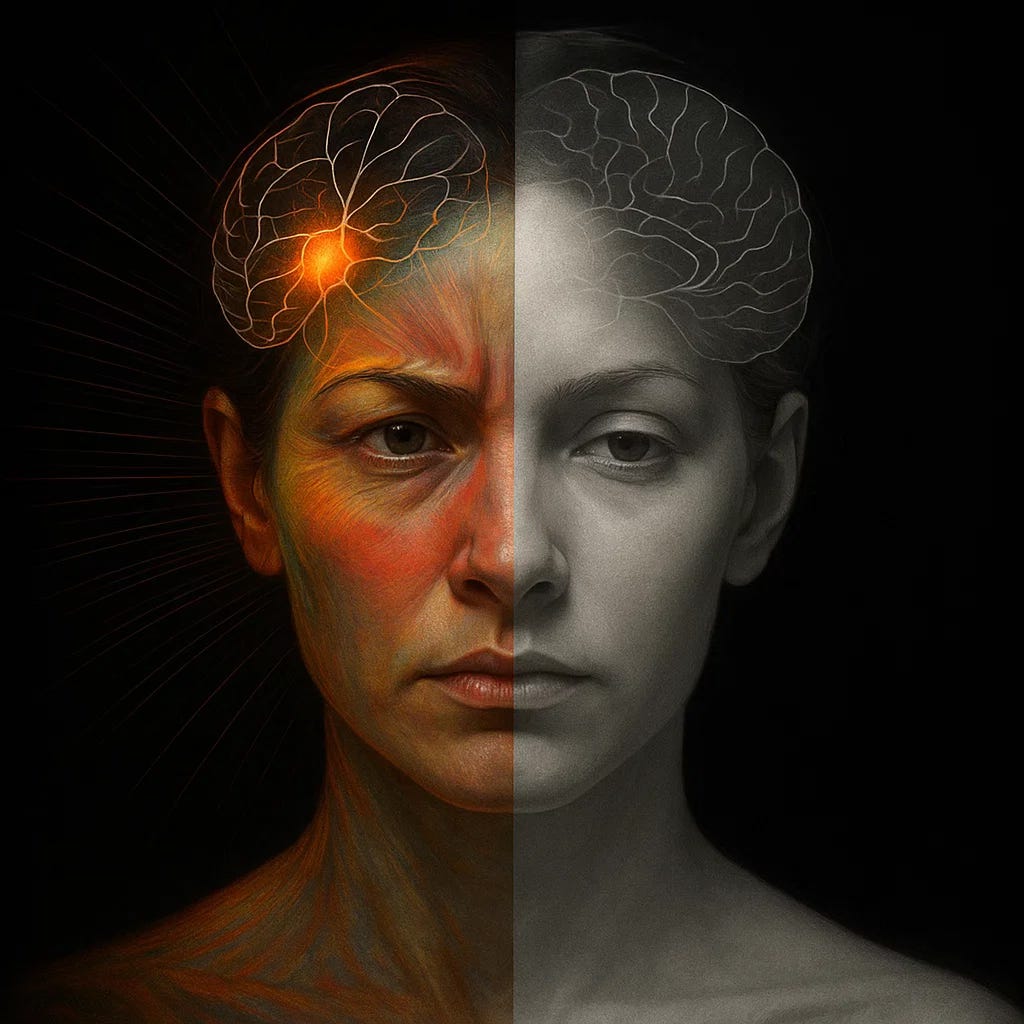
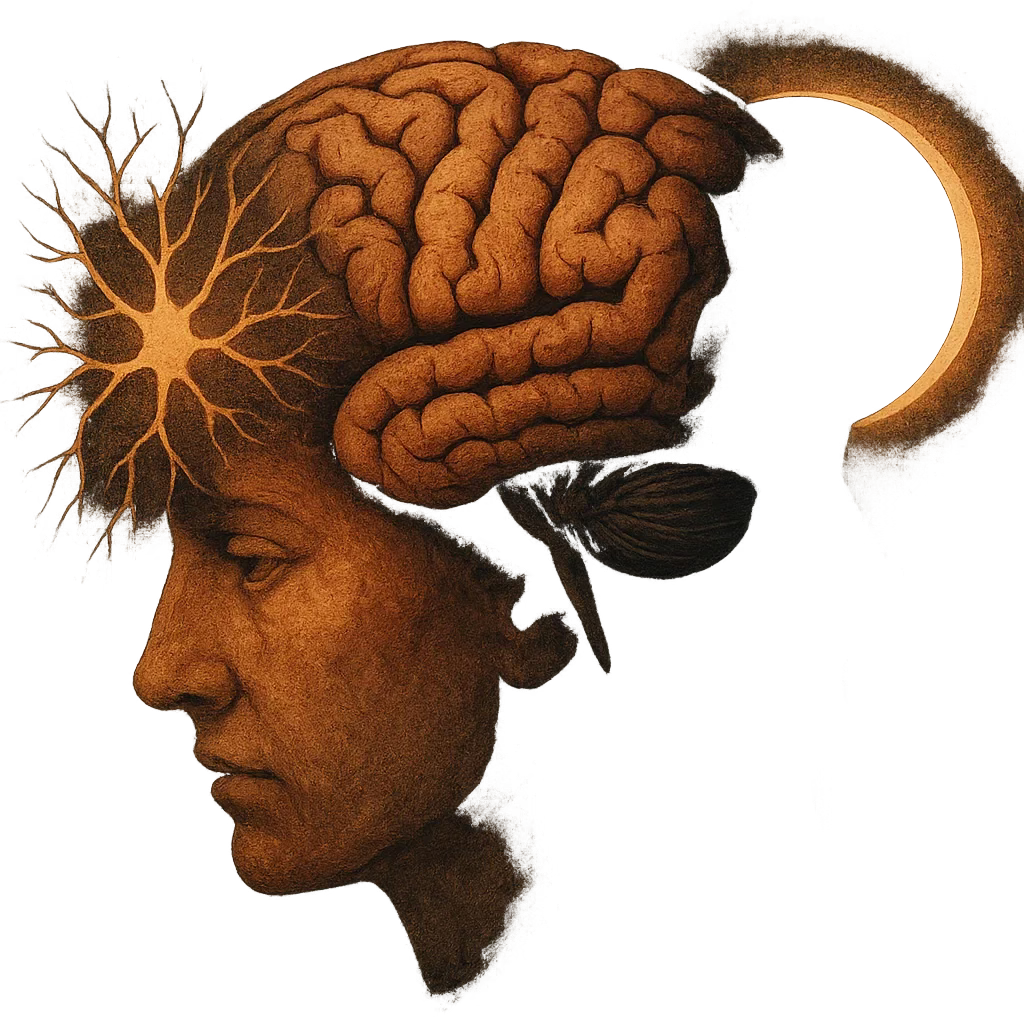
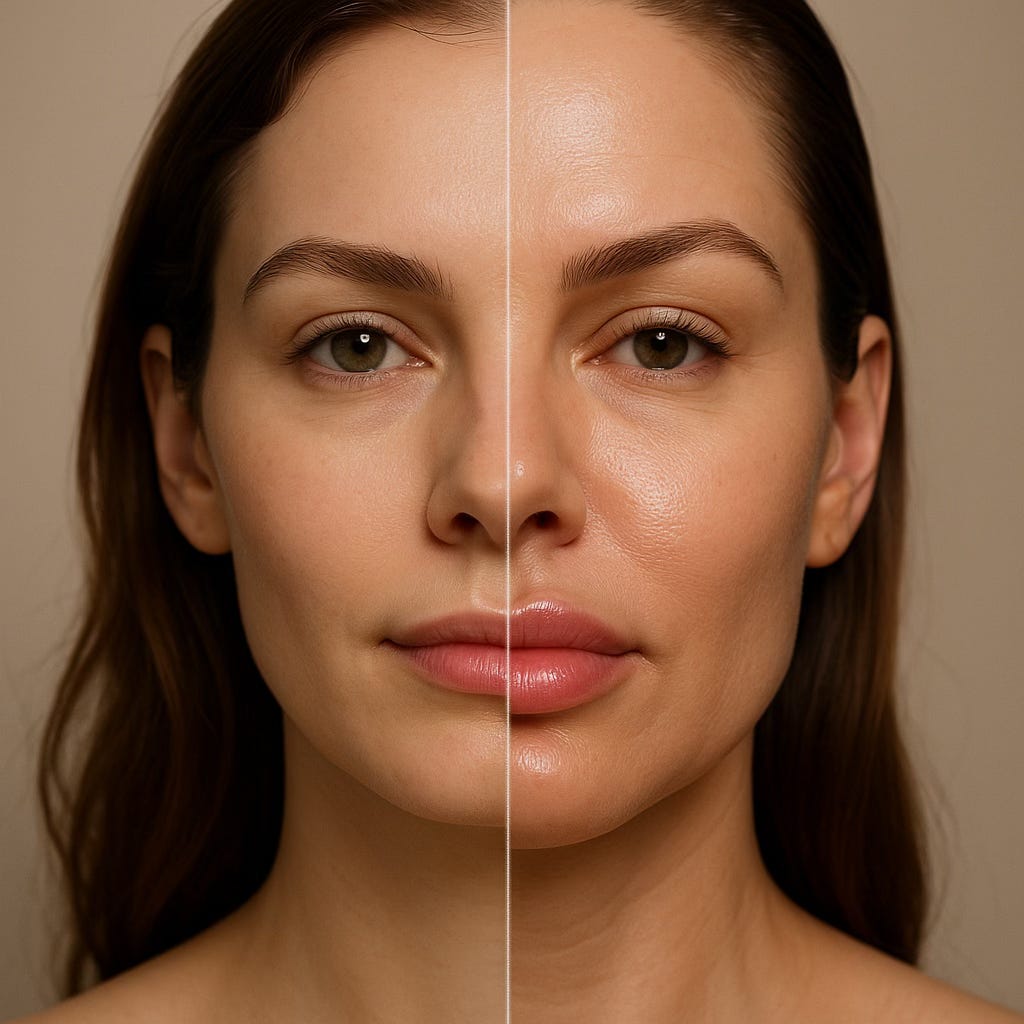


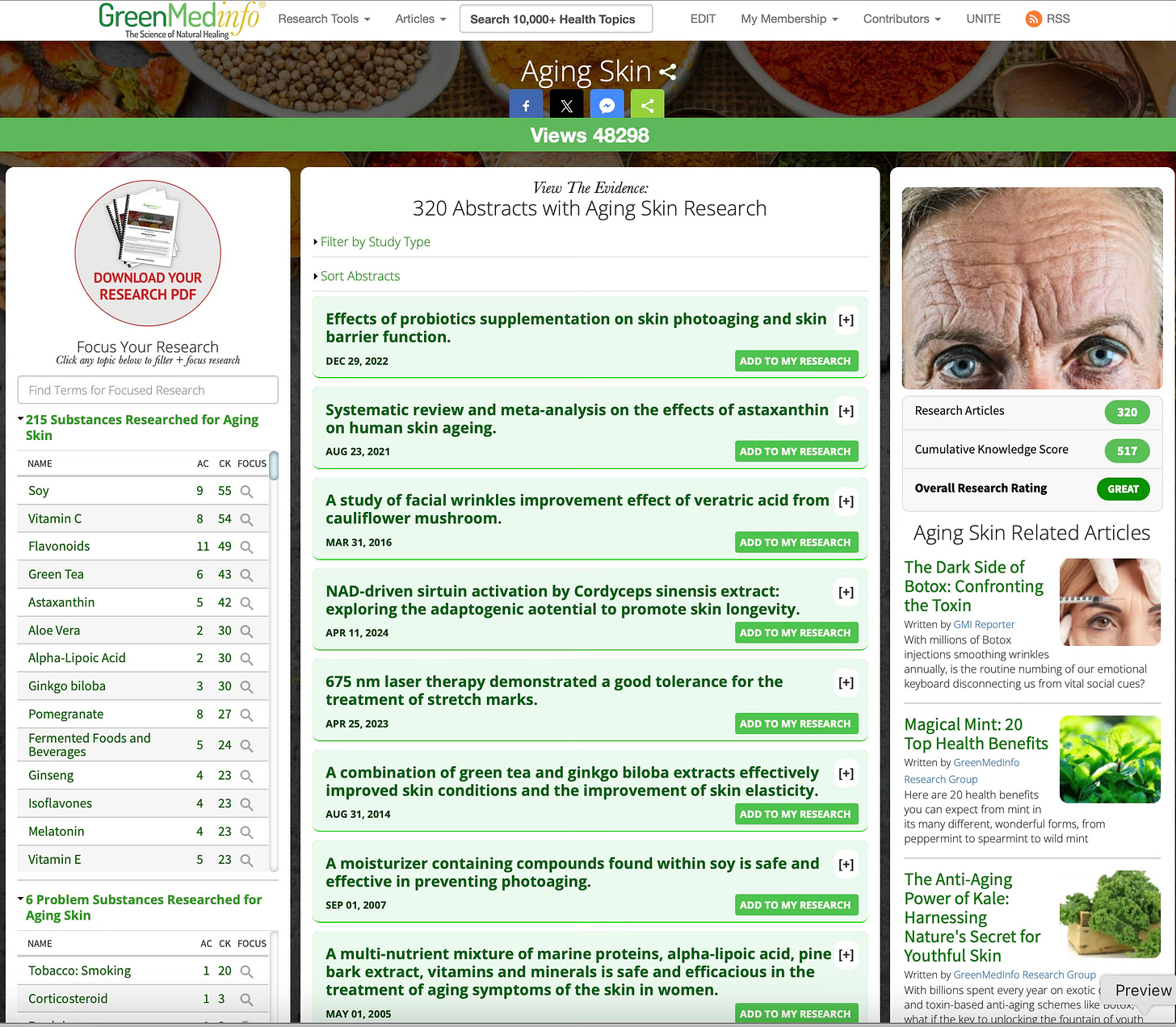
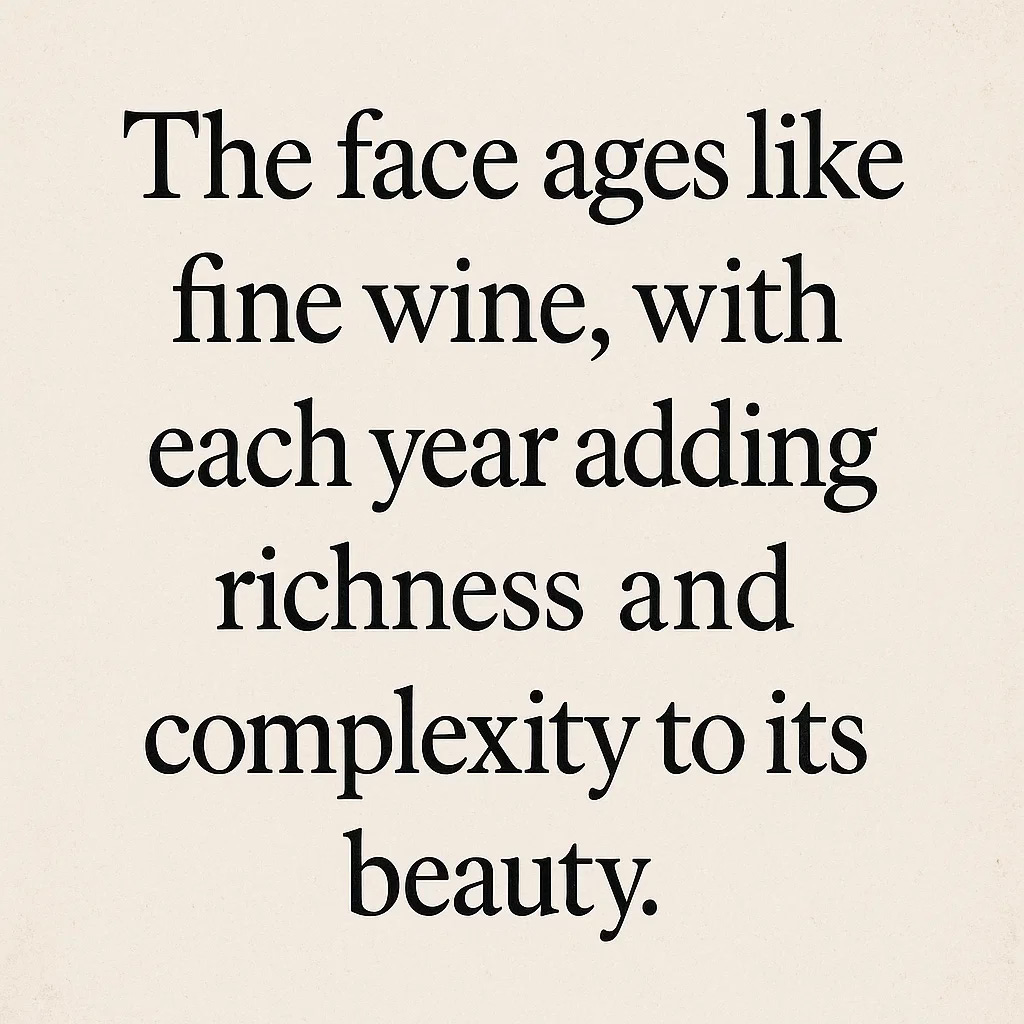
No hay comentarios:
Publicar un comentario